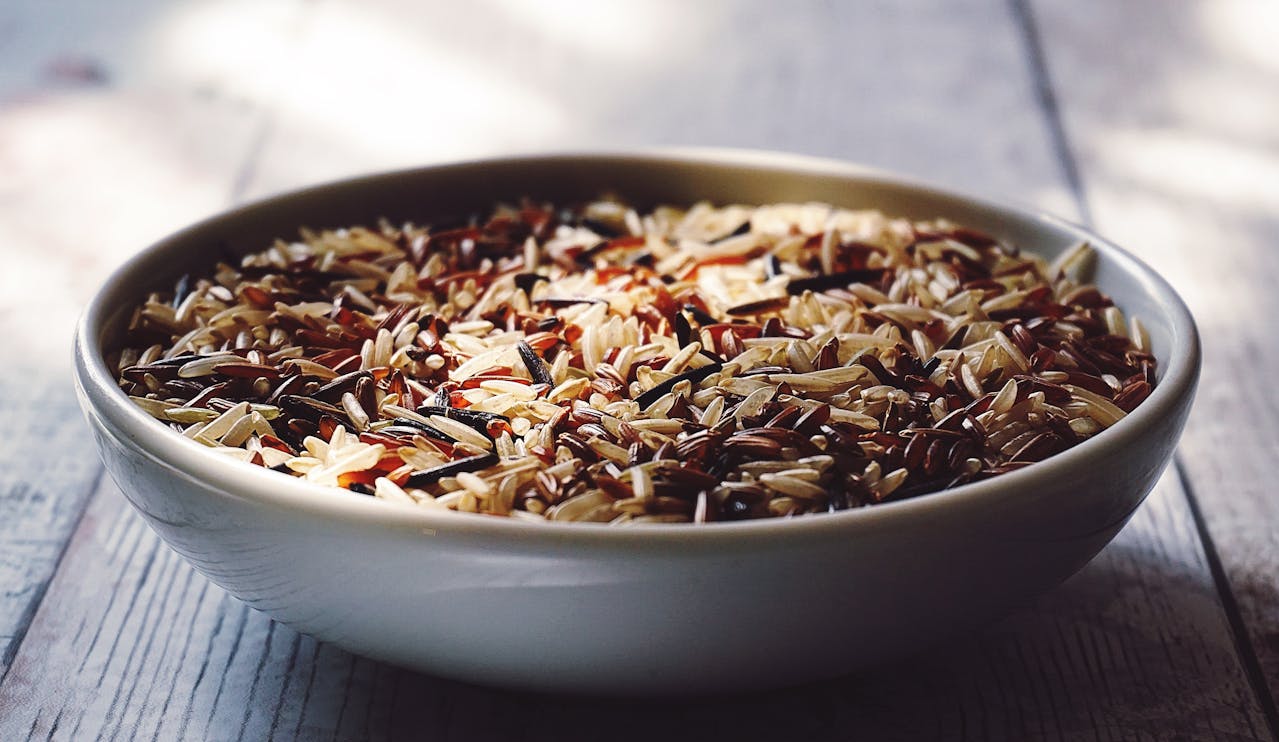Some of America’s best flavors sit on the brink, not from lack of quality but from vanishing seed, fragile habitats, and fading kitchen memory. Heirloom grains, fruits, and legumes once anchored daily meals; now they survive through a handful of growers, millers, and tribal harvesters. Tasting them keeps fields planted and stories told. The reward is vivid food with roots: chewy grains, fragrant peas, and fruit that tastes like a season. Preservation often starts at the table and grows outward from there.
Carolina Gold Rice

Once the Lowcountry’s pride, Carolina Gold faded when high-yield varieties took over industrial fields. Revived by careful seed saving, it cooks into soft, separate grains with a gentle butter aroma that ordinary long-grain cannot match. Pilau, hoppin’ john, and purloo regain balance when this rice returns to the pot, and every bag sold funds the next flood and harvest. It tastes of brackish breezes and marsh light, a reminder that terroir can live east of the live oaks.
Sea Island Red Peas
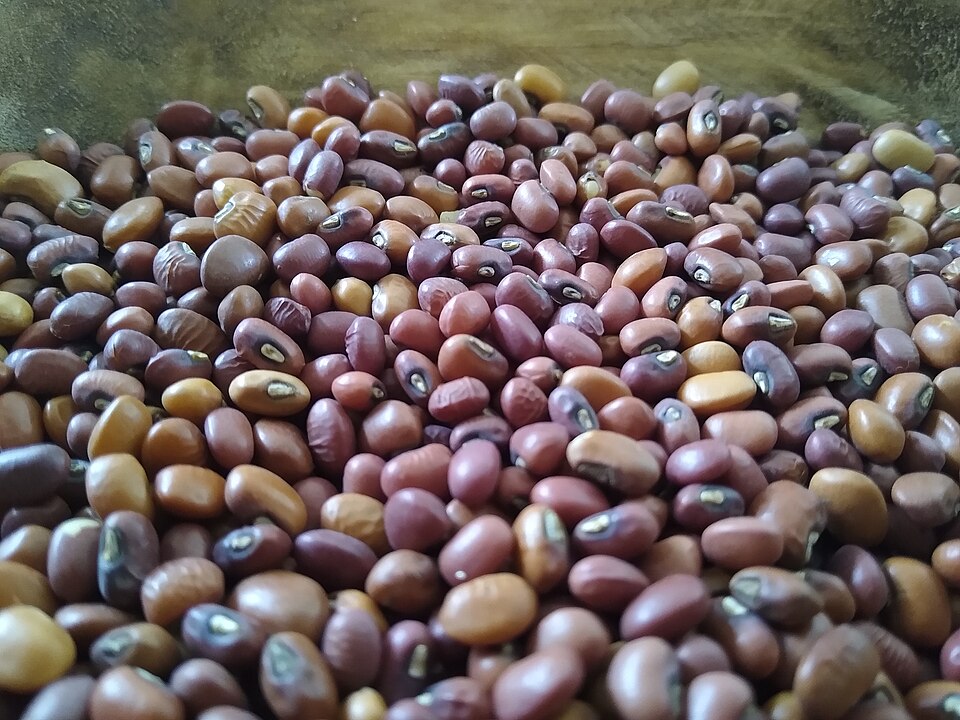
These tiny field peas shaped Gullah Geechee cooking long before canned beans. Earthy, aromatic, and faintly sweet, they adore smoked pork, benne, and coastal herbs, turning pot liquor the color of brick at a slow simmer. Distribution is delicate, so seed libraries and a few farms safeguard supply while home cooks keep demand honest. A bowl reads like history, not nostalgia, and the scent alone explains why gardeners whisper to vines in July.
Sonoran White Wheat
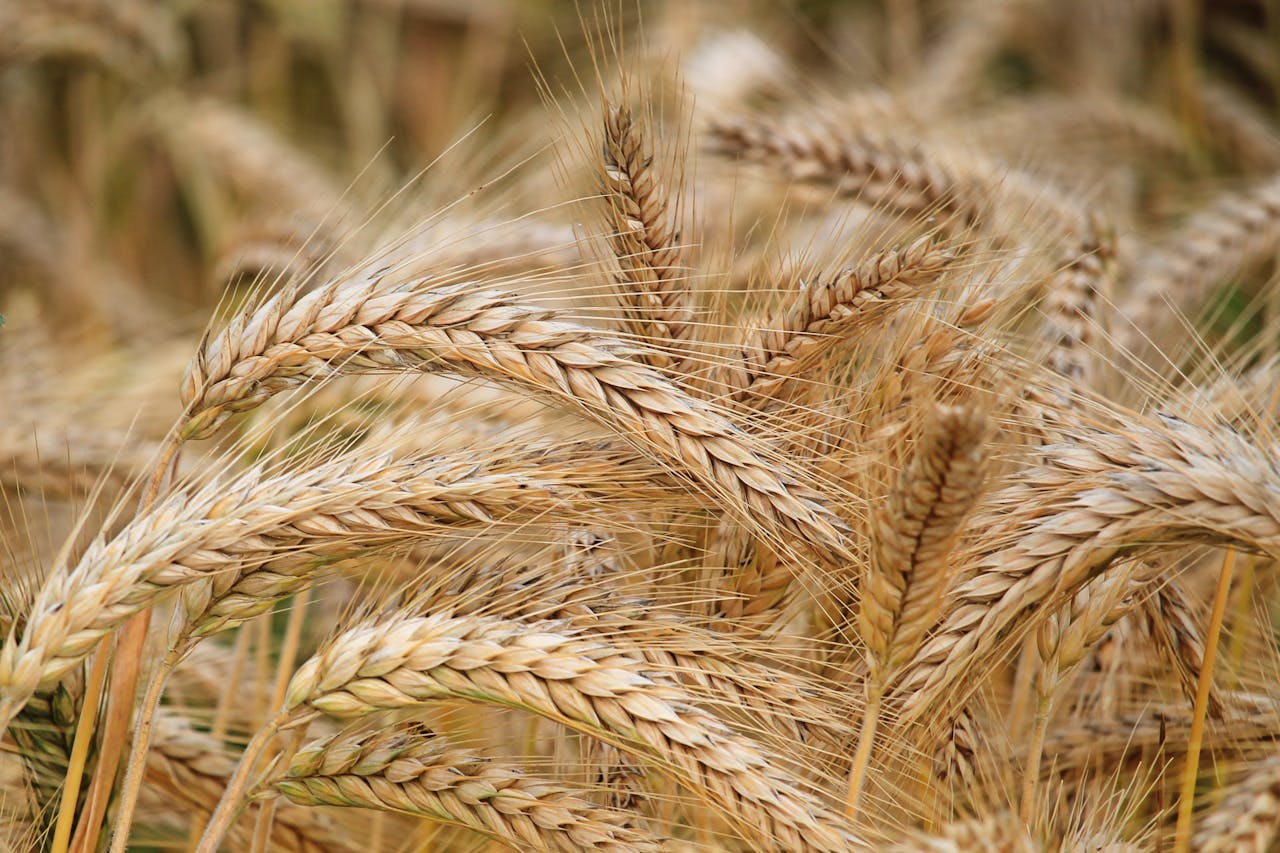
Brought north by desert friars, this soft white wheat once defined tortillas with tender chew and a perfume modern flour forgot. Stone-milled batches coax back flavor and color, and doughs inflate like held breaths on a hot comal, blistering to freckled rounds that need only salt and butter. Farmers plant it because flavor finally pays again as bakers ask by name. Each bag is a vote for dryland agriculture and bread that tastes like sunlight.
North Georgia Candy Roaster Squash

Long, peach-colored, and sweet as promised, this Cherokee heirloom nearly vanished under standardized pumpkins. Dense flesh roasts into velvet, sliding into pies, soups, and skillet hash without a fight, while vines sprawl and store deep into winter. Seed scarcity, not yield, kept it niche until Appalachian gardeners kept passing it hand to hand. One roasting pan perfumes a house and nudges even skeptics toward seconds, proof that variety is a form of wealth.
Newtown Pippin Apple
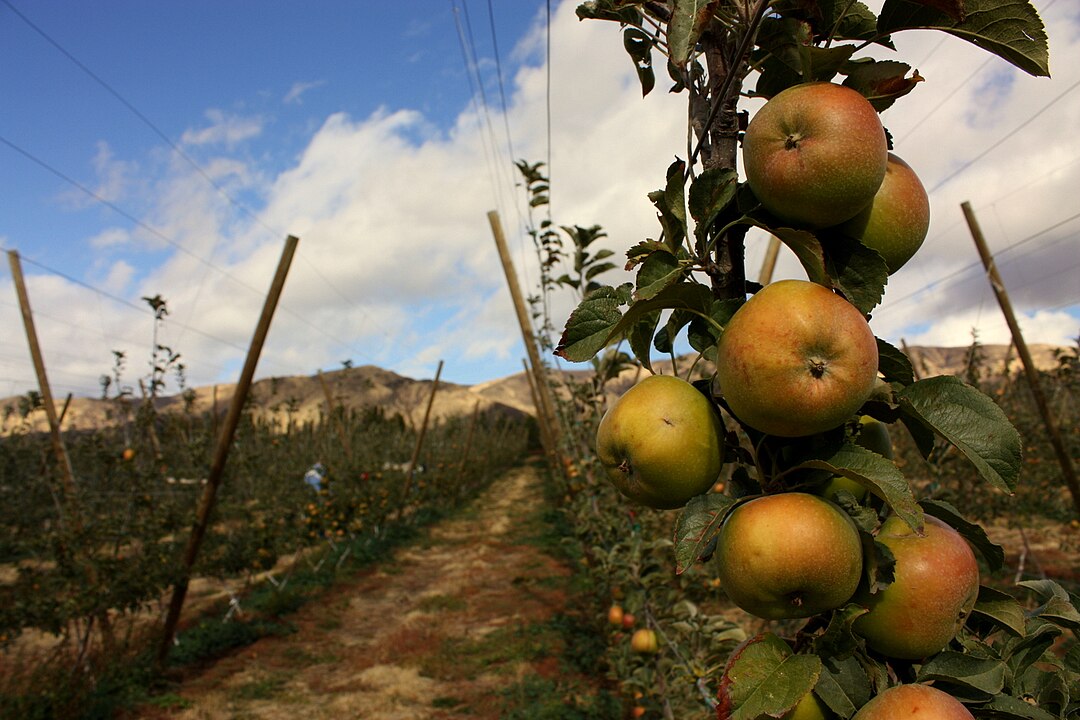
Born in colonial New York and beloved by early cider makers, Newtown Pippin lost shelf space to glossy, uniform newcomers. Give it a week on the counter and the aroma turns floral and complex, with firm flesh that snaps and holds in pies. Presses love its tannin, bakers trust its structure, and orchardists graft scions to keep rows alive. Demand still needs a nudge, but each crate ordered keeps old skills and winter cider honest.
Pawpaw

Native to shady riverbanks from Virginia to Ohio, the pawpaw tastes like banana met mango in a Midwestern grove. It bruises easily and ripens fast, which doomed it in supermarkets and saved it in backyards and farmers markets. Small orchards and foragers sell fruit for a brief window, while chefs churn pulp into chilled pies and custards that feel like August on a spoon. Buying trees or pulp helps replant a quiet native that belongs on local tables.
Manoomin Wild Rice

Hand-harvested by Anishinaabe communities across northern lakes, manoomin is both sacred food and living wetland practice. True lake rice cooks quickly, smells like toasted tea, and blooms into tender curls that need only butter and salt to sing. Habitat loss and water quality threaten beds, but community rules and partnerships keep knowledge intact. Purchasing tribally harvested rice supports stewardship, language, and sovereignty, not just a pantry. Respect starts with sourcing and a light hand in the pan.
Benne Seed
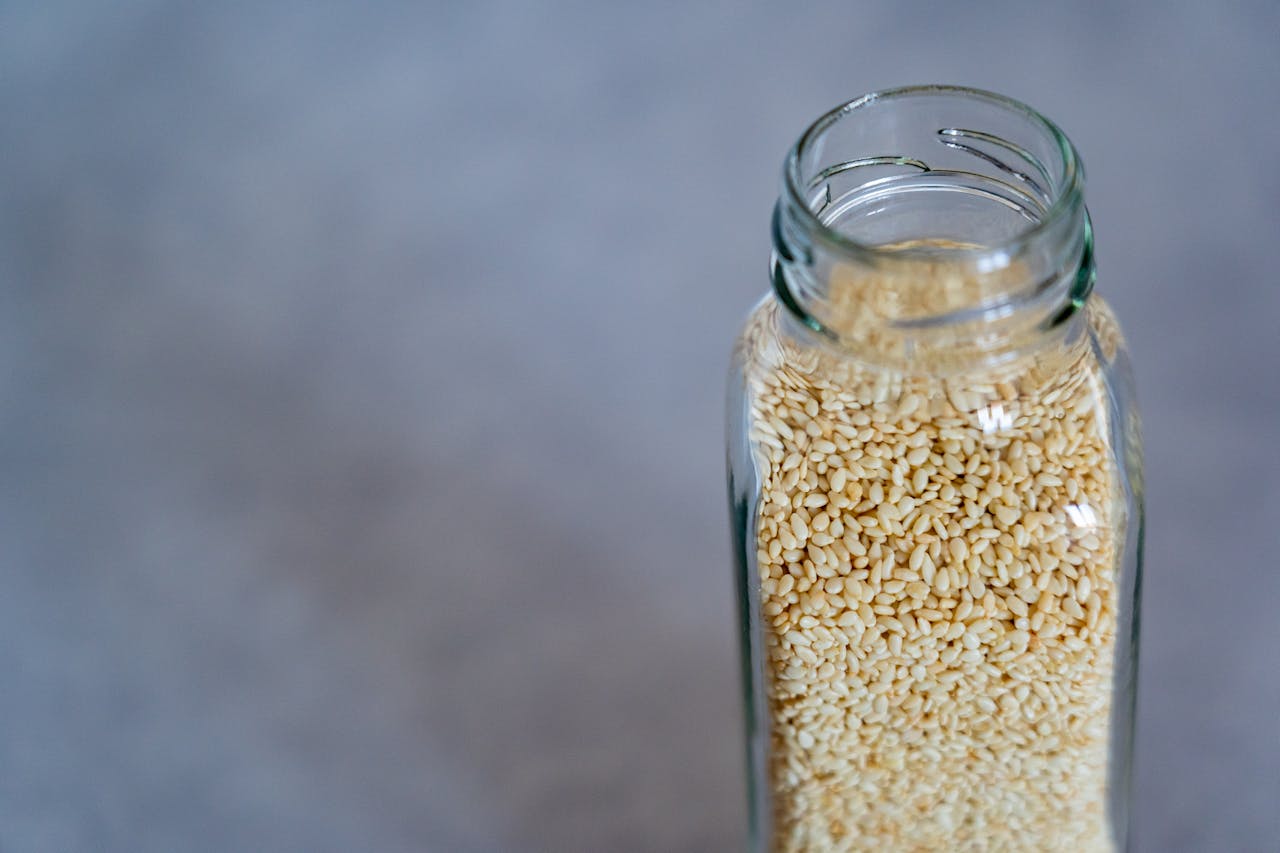
Benne, an heirloom sesame carried through the African diaspora, once flavored Lowcountry kitchens with nutty, peanut-like depth. Modern sesame bred for oil yield lost much of that taste, but benne leaves and seeds bring it back to rice, greens, and brittle. Small growers coax pods from sandy soil, then dry and thresh by hand before a slow toast unlocks perfume. A single jar can reroute a cook’s instincts and remind a region who taught it to season.
